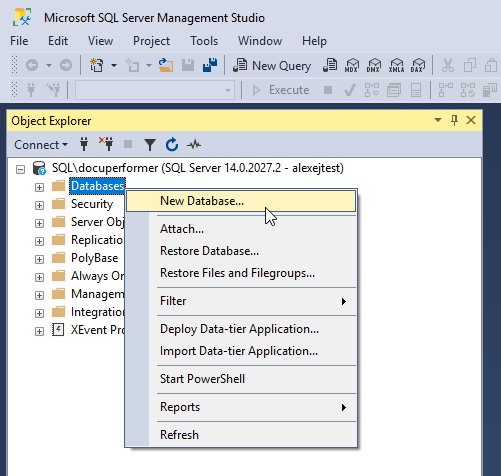SQL Server Setup
Installation of SQL Server Database
SQL Server version 2005 or higher is required. After installation of an SQL Server, a new database for the Performer Suite has to be created. This database will be used to store all the required offline content that is synchronized with SAP, for example, synchronized SAP objects or comments for objects.
Required tables within the database will be created automatically during the installation of the Performer Suite. You may choose any name for the database, e.g. ”performersuite“.
Create Database User
(Recommended) Option A: SQL Server Authentication - Create an SQL Server User
We recommend you create a dedicated DB User for the communication between the Performer suite’s frontend and the database (SQL Authorization). Alternatively, you can authorize Windows users (see option B).
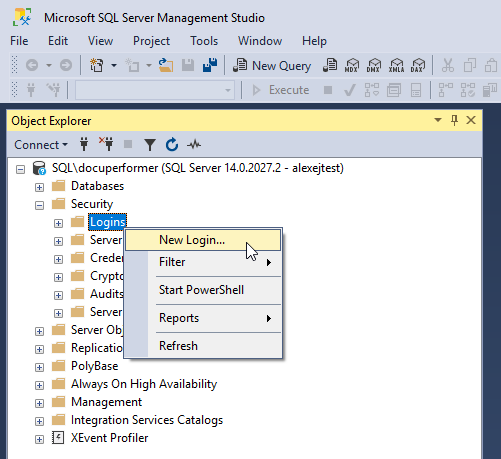

- User rights can be defined in the "User Mapping" of the login properties:
db_owner is required to have full access to the Performer Suite DB.
(Not recommended) Option B: Windows Authentication - Authorization of Windows users for SQL Server
The reason why we do not recommend Win Auth:
- the AutomationTool needs an SQL user to be able to work (see the linked article for further information)
- each Windows user must be individually authorized to access the Performer Suite DB
To authorize Windows Users, either individual Users can be registered in the area “Security > Login“ of the SQL Server Management Studio or a new group can be created in the Active Directory and afterward be authorized.
The following screenshots show how this is done:


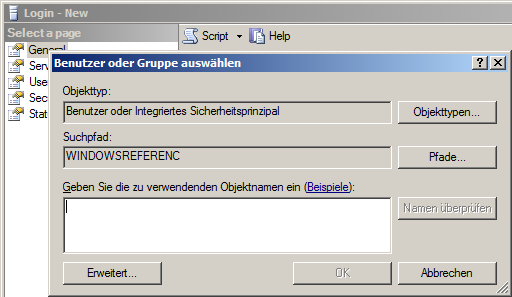
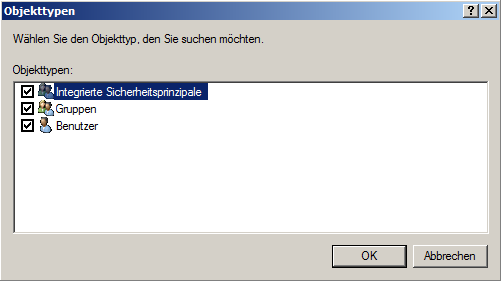
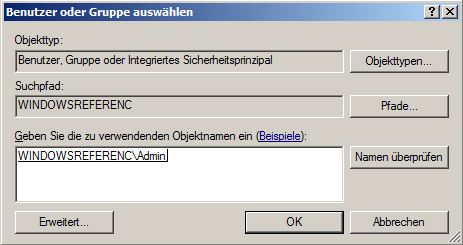
- User rights can be defined in the "User Mapping" of the login properties:
db_owner is required to have full access to the Performer Suite DB.
Establish SQL Server connection in the Performer Suite
To establish a SQL Server connection within the Performer Suite, the following steps are required:
Select "SQL Server" and click “Next“:
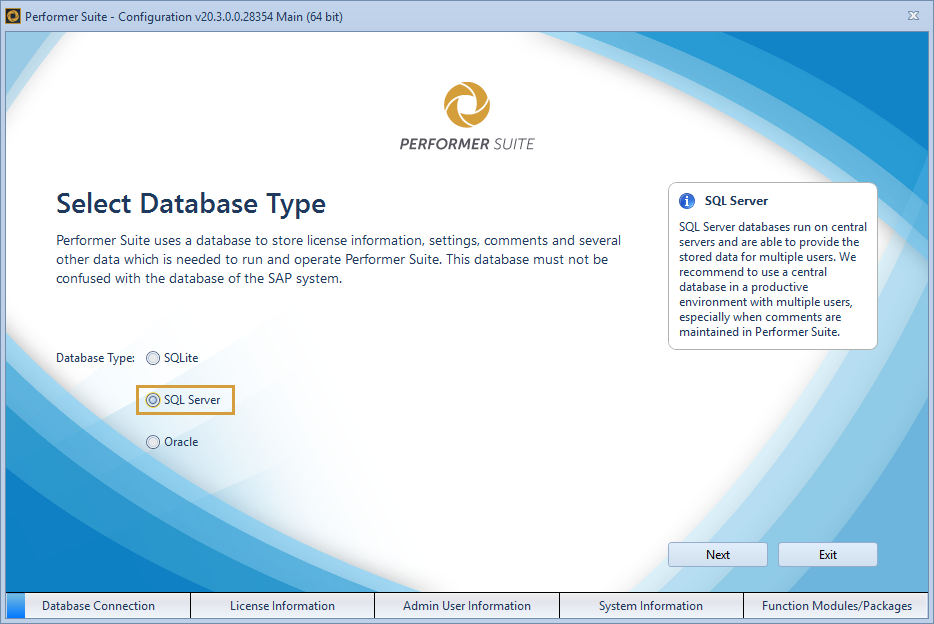
You can execute the input of the connection parameters once and share the file ”ConnectionData.xml“ with other users. This file has to be copied into the folder “..\Data\ConnectionData\“. This step prevents, that unauthorized users can find out the connection parameters of the SQL Server Users. The file contains encrypted information: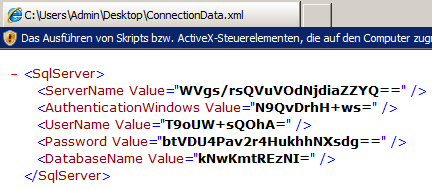
(Recommended) Option A: Use SQL Server Authentication
- We recommend you use the ”SQL Authorization“ and enter the desired SQL User. Click “Next“ to continue.
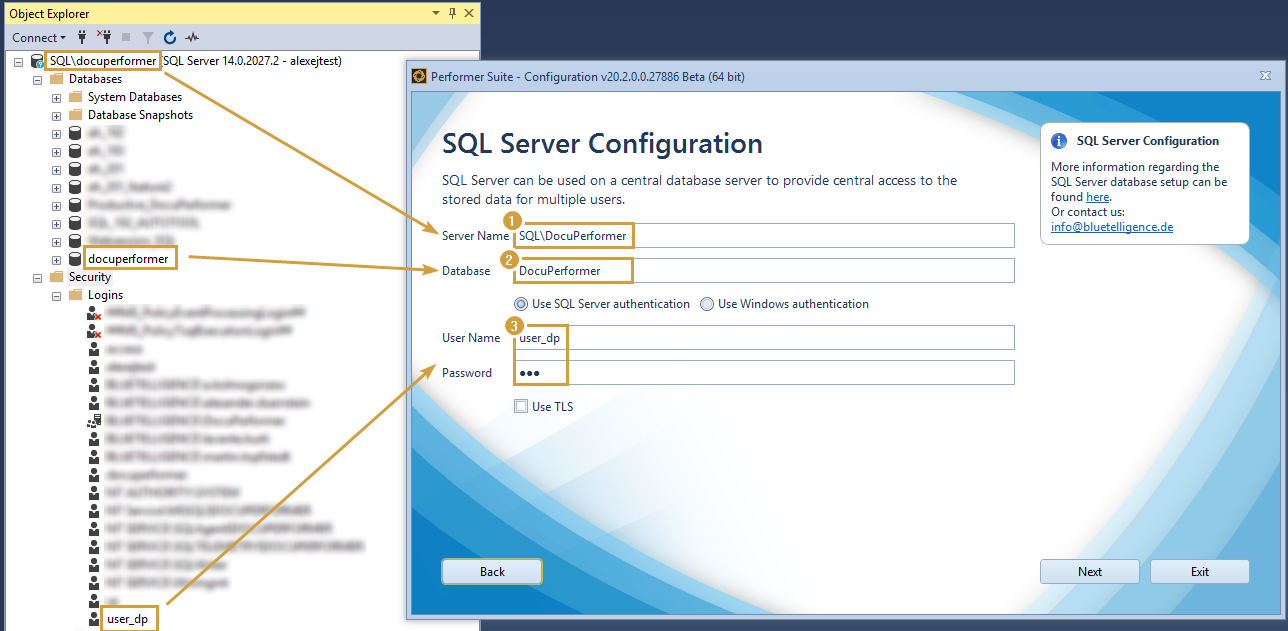
- After clicking on "Next" Performer Suite will show you all relevant information of the database that will be created:
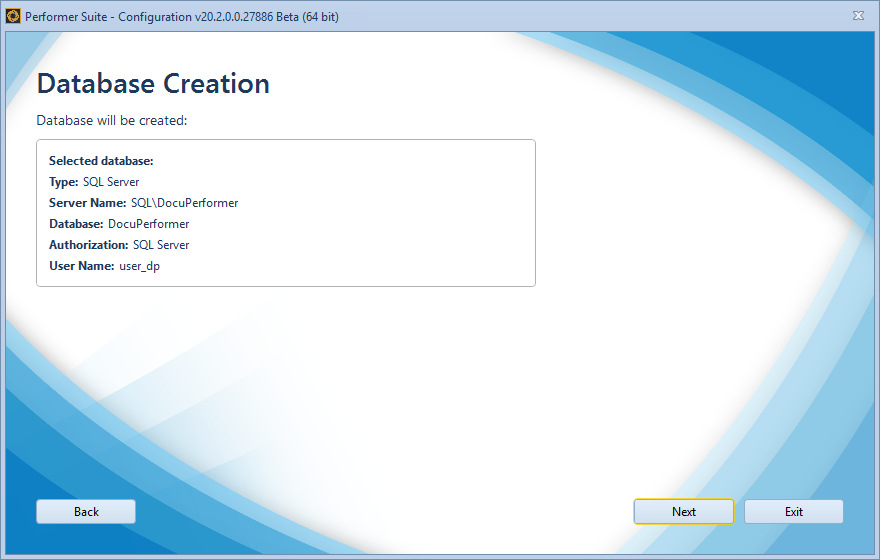

(Not recommended) Option B: Use Windows Authentication
The reason why we do not recommend Win Auth:
- the AutomationTool needs an SQL user to be able to work (see the linked article for further information)
- each Windows user must be individually authorized to access the Performer Suite DB
- Select the option “Use Windows Authentication“. Click “Next“ to continue.
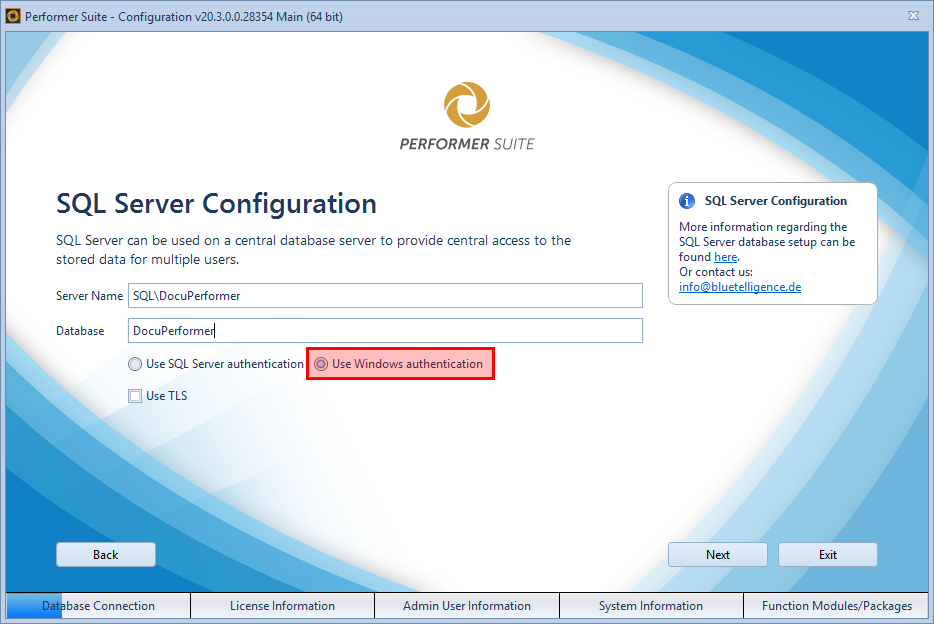
- In the next step, a summary of the entered parameters is displayed. Click on "Next" to create the database.
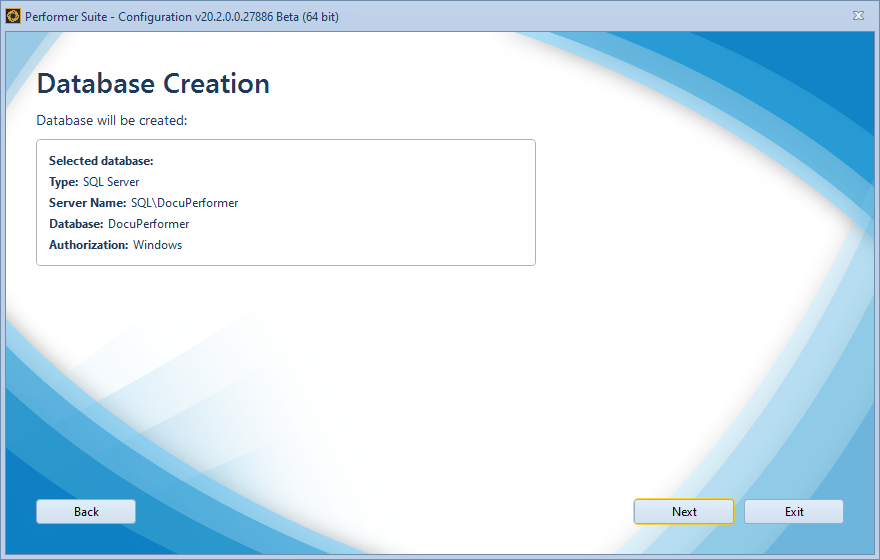
- If the creation of the database was successful, the following window appears

Frequently Asked Questions
Is Transport Layer Security (SSL/TLS) supported?
Yes.
TLS 1.3 is supported (if your SQL Server Configuration is set up to use TLS).
Which size and growth of the database can be expected?
The database size depends on the size and number of systems and user behavior. Usually, a size of 5 GB for a database over a period of several years can be expected.
Is the SQL Server Standard Edition supported by Performer Suite?
All editions of SQL Server are supported.
Which SQL Server version is supported by the Performer Suite?
SQL Server is supported from version 2005+.
Is a separate database server necessary?
There is no need for a separate server.
Which database compatibility level is supported by the Performer Suite? Is it possible to increase the compatibility level of the existing database after the migration?
No specific SQL Server features are used, therefore there are no restrictions.
I created an SQL database – why do I still receive Database does not exist on SQL Server, please create database first!?
In very rare cases you have to enter the IP together with the port, e.g. 12.345.67.890,1112.
Your hosting provider may have enabled multiple SQL databases through this connection and the connection needs to be specified in more detail.

